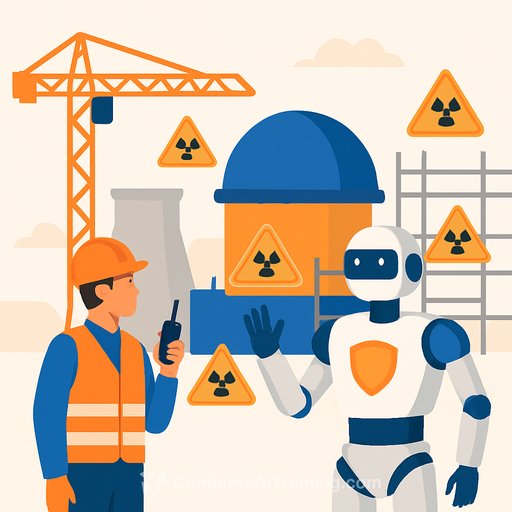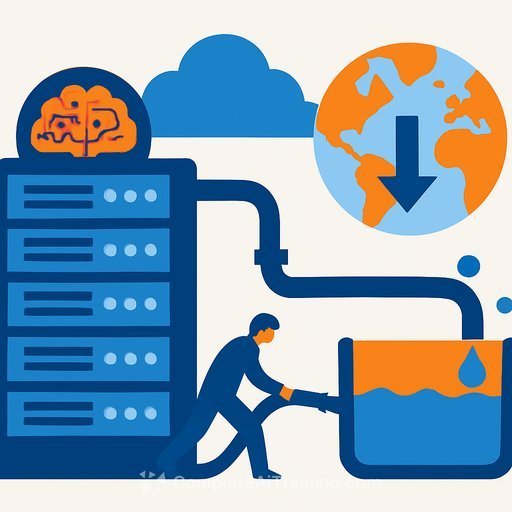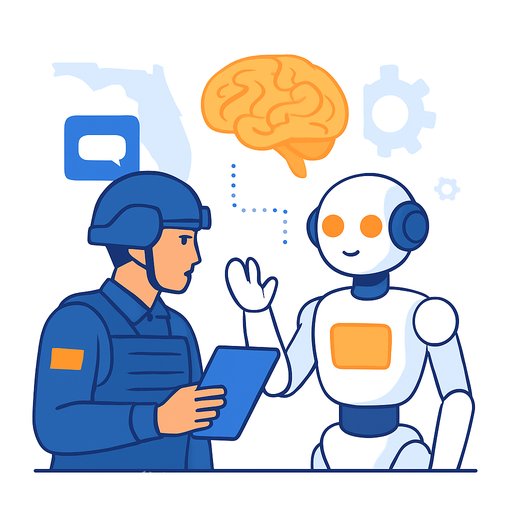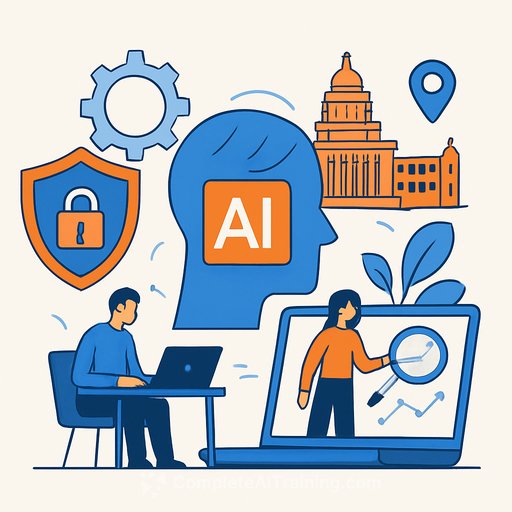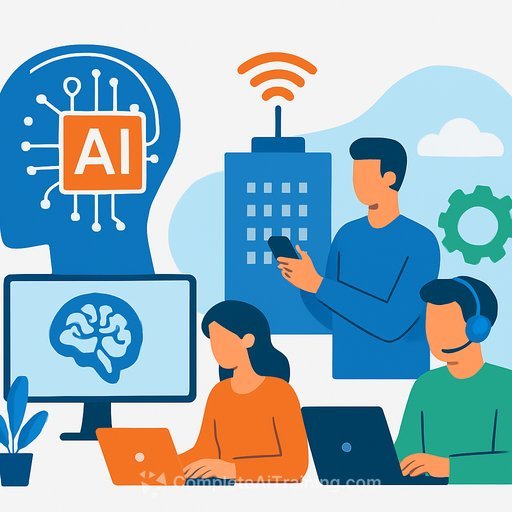Humans and AI Monitor Nuclear Power Plant Construction Around the Clock
At the Haiyang nuclear power plant construction site in Shandong province, every welder is equipped with a recording device to capture their work in detail. Before starting any welding, the camera is positioned to record all actions clearly. At the end of the shift, data from the device is uploaded to an intelligent supervision system for thorough review.
This setup is part of a dual monitoring approach. An AI surveillance system tracks operations continuously, while safety officers watch live footage to ensure compliance with safety standards. This combination helps maintain a safe and controlled construction environment.
Safety and Quality Prioritized in Nuclear Power Construction
The Haiyang nuclear power plant, managed by Shandong Nuclear Power Co Ltd (a subsidiary of the State Power Investment Corporation Limited), is currently building two reactor units. Construction began in July 2022 and is scheduled to finish by 2027.
Each welding task requires specific certifications, ensuring only qualified personnel perform the work. This system deters unauthorized welding and allows welders to verify their own work to maintain quality standards.
Advanced Monitoring Technology on Site
With over 9,000 workers on site, the intelligent supervision system tracks the location and movement of every individual. More than 980 surveillance cameras are strategically installed to cover all aspects of the construction activities.
One critical feature is the AI-driven prevention of tower crane collisions. Up to 12 cranes operate simultaneously over an area the size of four soccer fields. The system alerts operators when crane jibs come within 20 meters and automatically activates brakes if they approach closer than 15 meters.
Data Retention and Safety Enforcement
- Safety monitoring data is stored for three months.
- Quality oversight data is retained for six to nine months, depending on departmental requirements.
The AI cameras automatically detect unsafe behaviors, such as workers not wearing safety belts. Meanwhile, five safety officers from different subcontractors review live footage to identify and address any unsafe practices beyond their own teams’ areas.
When hazards are detected, immediate instructions are issued to correct the issue. Daily safety meetings review incidents and reinforce preventive measures to avoid recurrence.
Practical Takeaways for Operations Professionals
- Integrating AI monitoring with human oversight enhances safety and quality control on complex construction sites.
- Real-time tracking and automated alerts reduce risks associated with heavy equipment operation.
- Maintaining thorough records supports accountability and helps identify areas for improvement.
- Regular safety meetings and cross-company collaboration reinforce a proactive safety culture.
For operations professionals interested in AI applications for monitoring and safety, exploring specialized courses can be valuable. Visit Complete AI Training's courses by job to find relevant learning resources.
Your membership also unlocks:

